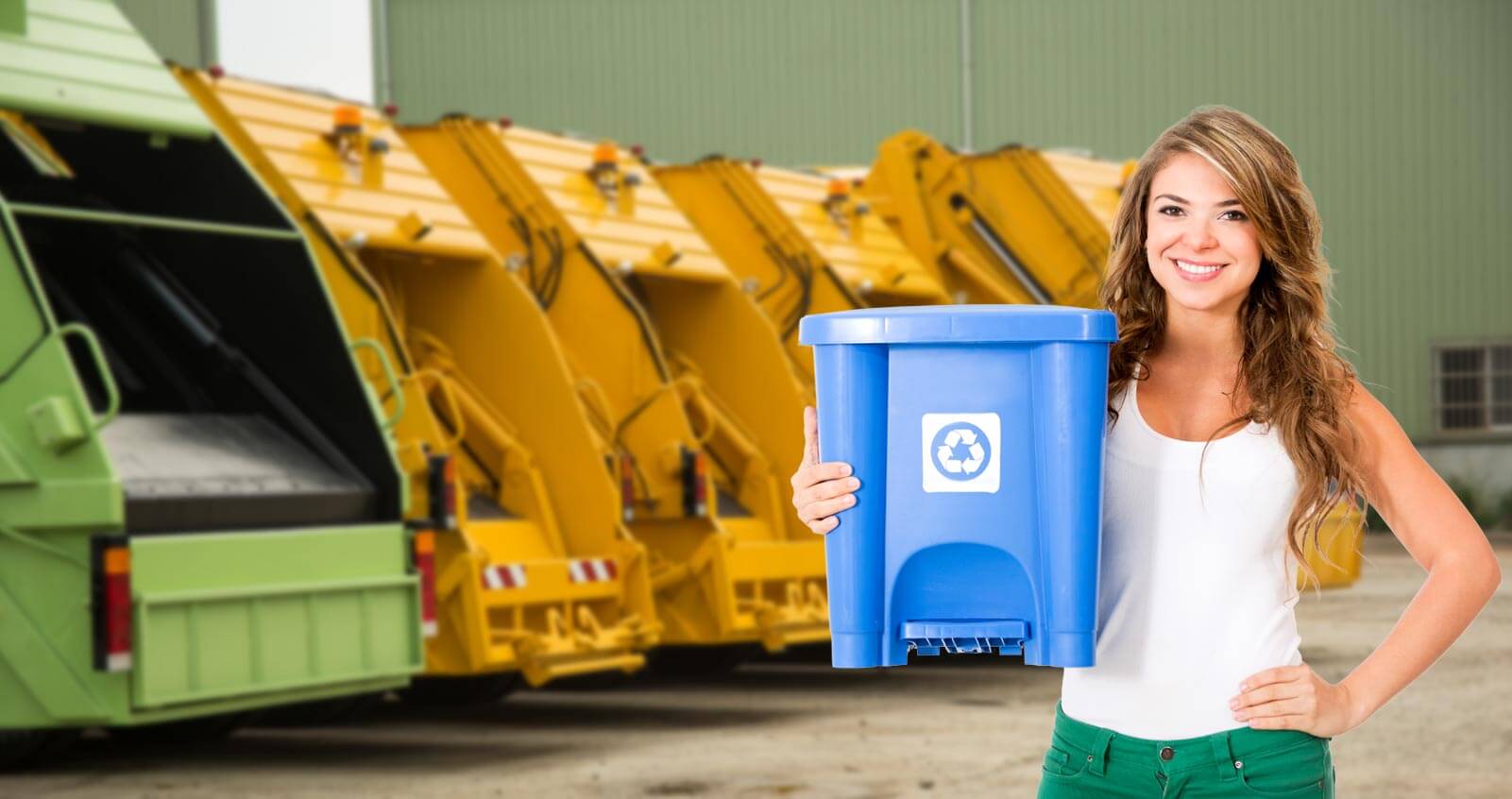Producing Fuel from Plastic Debris
Posted on 13/04/2025
The proliferation of plastic debris in the environment has turned into a significant global crisis. However, recent advancements in technology have opened up promising avenues to mitigate this problem. One such innovative solution is producing fuel from plastic waste. This article delves into the process, benefits, and drawbacks of this breakthrough approach.
The Problem with Plastic Debris
Plastic waste has become ubiquitous, littering our oceans, landfills, and even remote corners of the earth. Traditional methods of dealing with plastic waste, such as recycling and incineration, have proven insufficient. Consequently, new strategies are essential to address this mounting issue. Converting plastic waste into fuel offers a dual solution: alleviating plastic pollution and contributing to the energy supply.

The Science Behind Producing Fuel from Plastic
The process of converting plastic waste into fuel generally involves thermal decomposition, a method called pyrolysis. In simple terms, the plastic is subjected to extreme heat in an oxygen-free environment, causing it to break down into smaller molecules. This broken-down material can then be refined into various types of fuels such as diesel, gasoline, and even jet fuel.
Types of Plastic Suitable for Conversion
Not all plastics are created equal. Some types are more amenable to fuel conversion than others. Typically, high-density polyethylene (HDPE), low-density polyethylene (LDPE), and polypropylene (PP) are the most suitable candidates for this process. Other types, like PVC and PET, can also be used, though they present additional challenges such as the release of toxic substances during decomposition.
Pros and Cons of Producing Fuel from Plastic Debris
Pros
- Environmental Benefit: This method helps in significantly reducing plastic waste from the environment.
- Energy Production: The final product is a viable fuel that can help meet energy demands.
- Economic Advantage: Reduces dependency on traditional fossil fuels and opens up new revenue streams for businesses.
- Reduction in Greenhouse Gases: When compared to traditional incineration, fuel conversion processes generally emit fewer greenhouse gases.
Cons
- Initial Costs: The initial investment for setting up a waste-to-fuel plant can be high.
- Quality Concerns: The quality of the produced fuel can vary depending on the type and contamination level of the plastic used.
- Toxic Byproducts: Certain types of plastics can produce toxic byproducts that require careful handling.
- Energy Intensive: The pyrolysis process is energy-intensive and may not always be energy-efficient.
Tips for Effective Implementation
- Conduct a thorough feasibility study to gauge the economic and environmental benefits.
- Choose the right type of plastic and ensure it's segregated properly for better oil yield.
- Invest in cutting-edge technology to maximize efficiency and minimize byproduct toxicity.
- Collaborate with local governments and businesses for better waste collection and management.
- Regularly monitor and evaluate the quality of produced fuel and the overall impact on the environment.

Key Takeaways
- Producing fuel from plastic debris is an innovative approach to tackling plastic pollution.
- The process of pyrolysis plays a critical role in converting plastic waste into fuel.
- While there are both advantages and challenges in this method, the potential benefits make it a worthwhile pursuit.
- Effective implementation and adoption of this technology can significantly impact global waste management and energy production.
Conclusion
The conversion of plastic debris into fuel represents a compelling solution to two pressing issues: plastic pollution and energy scarcity. While challenges exist, the benefits could far outweigh the drawbacks as technology continues to improve. By taking decisive action and embracing this innovative strategy, we can pave the way for a cleaner, more sustainable future.




